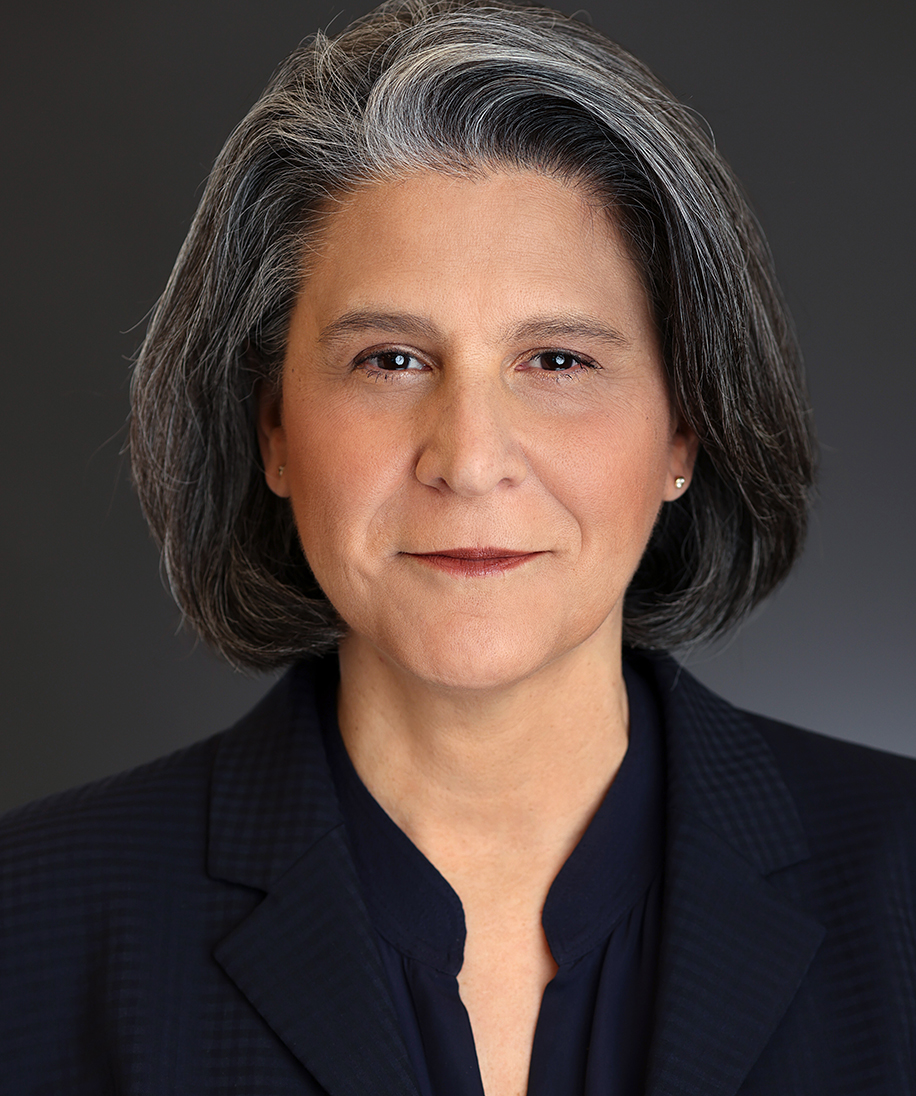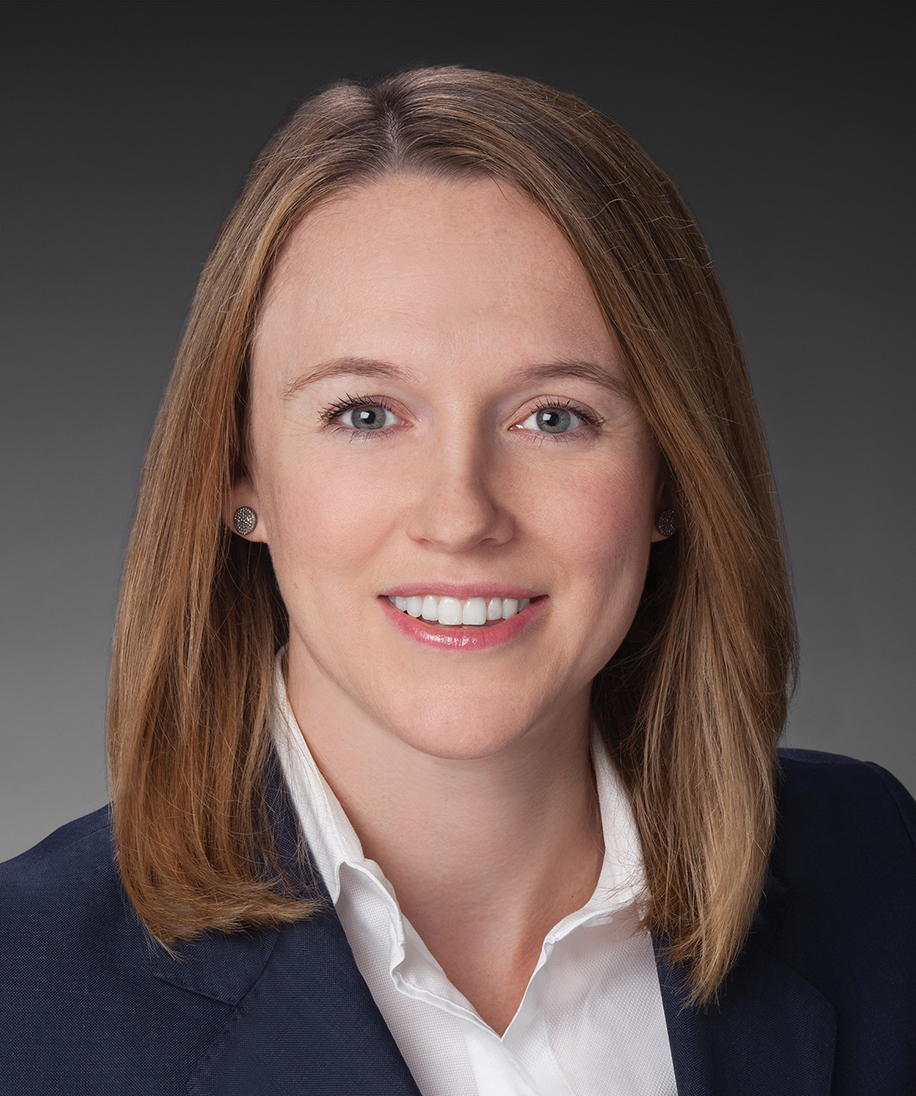Client Alert
PH COVID-19 Client Alert Series: DOL Continues To Answer Questions About Families First Coronavirus Response Act
March 30, 2020
On March 18, President Trump signed into law the Families First Coronavirus Response Act (the “Act”). The Act includes paid sick leave and expanded family and medical leave provisions for small- and medium-sized employers (fewer than 500 employees) whose employees are unable to work or telework for reasons related to the COVID-19 pandemic.
On March 24, the Department of Labor (the “DOL”) posted several Questions and Answers regarding the Act, which the DOL continues to supplement. Importantly, the updated Questions and Answers suggest that the scope of employees covered by the Act may be significantly more limited than observers previously believed. The highlights are as follows:
When does the Act go into effect?
The Act’s paid leave provisions go into effect on April 1, 2020, and apply to leave taken between April 1 and December 31, 2020. The paid sick leave and expanded family and medical leave requirements are not retroactive.
Which employers does the Act apply to?
The Act applies to employers with fewer than 500 employees in the United States at the time an employee’s leave is to be taken.
Employers determining whether they have fewer than 500 employees should count full-time and part‑time employees, employees who are on leave, and temporary employees who are jointly employed.
In general, separate entities will be considered separate employers unless they meet the “integrated employer test” under the FMLA. The integrated employer test considers four factors: (1) common management; (2) interrelation between operations; (3) centralized control of labor relations; and (4) degree of common ownership and control. If two entities are an integrated employer under the FMLA, then employees of all entities making up the integrated employer will be counted towards the Act’s 500-employee threshold.
When are employees “unable to work” under the Act?
An employee is not eligible for paid sick leave or expanded family and medical leave under the Act if:
the employer closes the employee’s worksite—i.e., sends employees home and stops paying their wages—before the Act goes into effect or before the employee takes leave pursuant to the Act;
the employer closes the worksite but tells employees that it will reopen at some time in the future;
the employer remains open but furloughs the employee because it does not have enough work or business for the employee; or
the employer reduces the employee’s scheduled work hours because it does not have sufficient work for the employee.
The above exclusions apply whether an employer closes a worksite for lack of business or because it is required to close pursuant to a Federal, State, or local directive. Employees who are not entitled to paid sick leave or expanded family and medical leave under the Act may be eligible for unemployment insurance benefits.
If an employer closes an employee’s worksite while the employee is on paid sick leave or expanded family and medical leave, the employer must pay for any paid sick leave or expanded family and medical leave the employee used before the closure. However, as of the date the employer closes a worksite, employees at the worksite are no longer entitled to paid sick leave or expanded family and medical leave under the Act.
Does the Act permit employees to take paid sick leave intermittently?
If an employee is teleworking
Yes, if the employer allows it and the employee is unable to telework his or her normal schedule of hours due to a qualifying reason under the Act. In that situation, the employee and employer may agree that the employee may take paid sick leave intermittently while teleworking, in any agreed upon increment. For example, if the employee and employer agree on a 90-minute increment, the employee could telework from 1:00 p.m. to 2:30 p.m., take paid sick leave from 2:30 p.m. to 4:00 p.m., and then return to teleworking.
If an employee is working at the usual worksite
It depends on the qualifying reason and whether the employer agrees.
Unless the employee is teleworking, paid sick leave for qualifying reasons must be taken in full-day increments, and cannot be taken intermittently if the leave is being taken because the employee:
is subject to a Federal, State, or local quarantine or isolation order related to COVID-19;
has been advised by a health care provider to self-quarantine due to concerns related to COVID-19;
is experiencing symptoms of COVID-19 and seeking a medical diagnosis;
is caring for an individual who either is subject to a quarantine or isolation order related to COVID-19 or has been advised by a health care provider to self-quarantine due to concerns related to COVID-19; or
is experiencing any other substantially similar condition specified by the Secretary of Health and Human Services.
Once an employee (who is not teleworking) begins taking paid sick leave for one or more of these qualifying reasons, the employee must continue to take paid sick leave each day until he or she (1) uses the full amount of paid sick leave, or (2) no longer has a qualifying reason for taking paid sick leave. The DOL imposes this limit because the Act’s intent is to provide paid sick leave as necessary to prevent the spread of the virus. If an employee no longer has a qualifying reason for taking paid sick leave before exhausting the leave, he or she may take any remaining paid sick leave at a later time for qualifying reasons, until December 31, 2020.
In contrast, if the employee and employer agree, the employee may take paid sick leave intermittently to care for his or her child whose school or place of care is closed or whose child care provider is unavailable because of reasons related to COVID-19. For example, if the employee’s child is at home because his or her school or place of care is closed for reasons related to COVID-19, by agreement the employee may take paid sick leave on Mondays, Wednesdays, and Fridays to care for the child, but work at the normal worksite on Tuesdays and Thursdays.
The DOL’s guidance encourages employers and employees to collaborate to achieve maximum flexibility and supports voluntary agreements between employers and employees to permit intermittent leave on less than a full workday basis where employees take paid sick leave to care for their child whose school or place of care is closed or whose child care provider is unavailable because of reasons related to COVID-19.
Does the Act permit employees to take expanded family and medical leave intermittently?
Yes, if the employer permits it and the employee is prevented from working or teleworking because of a need to care for his or her child whose school or place of care is closed or whose child care provider is unavailable because of reasons related to COVID-19. For example, if the employee and employer agree, the employee may take expanded family and medical leave on Mondays, Wednesdays, and Fridays, but work Tuesdays and Thursdays, while the employee’s child is at home because the child’s school or place of care is closed or the child care provider is unavailable for reasons related to COVID‑19.
The DOL’s guidance encourages employers and employees to collaborate to achieve flexibility and supports voluntary arrangements under which employees take intermittent leave on a day‑by‑day basis.
Can an employer supplement the pay employees receive under the Act with pay under its own policies?
Yes, if the employer permits it and the employee chooses to use his or her existing paid leave to supplement pay received under the Act.
Paid sick leave and expanded family medical leave under the Act is in addition to employees’ preexisting leave entitlements. Under the Act, an employee may choose to use existing paid vacation, personal, medical, or sick leave from the employer’s paid leave policy to supplement the amount the employee receives under the Act, up to the employee’s normal earnings.
However, employers are not required to permit employees to supplement pay they receive under the Act with pay under the employer’s policies. Employers may not claim and will not receive tax credit for such supplemental amounts.
What records must employers keep?
If an employee takes paid sick leave under Act, the employer must require the employee to provide appropriate documentation in support of the reason for the leave, including the employee’s name, qualifying reason for requesting leave, a statement that the employee is unable to work or telework for that reason, and the date(s) for which leave is requested. Documentation of the reason for the leave—such as a copy of the Federal, State, or local quarantine or isolation order applicable to the employee or a note from the health care provider who advised the employee to self-quarantine—is also required.
If an employee takes expanded family and medical leave under the Act, the employer must require the employee to provide appropriate documentation in support of the leave just as it would for conventional FMLA leave requests. Documentation could include a notice posted on a government, school, or day care website or an email from an employee or official of the school, place of care, or child care provider. This requirement also applies when the first two weeks of expanded family and medical leave, which are unpaid, run concurrently with paid sick leave taken for the same reason.
Employers who intend to claim a tax credit for payments made under the Act, whether for paid sick leave or expanded family and medical leave, must retain this documentation.
How to Stay Current
Paul Hastings will continue to monitor the DOL’s website for updates, but you can also check the DOL Wage and Hour Division’s website or sign up for Key News Alerts to ensure that you stay current with all notice requirements: www.dol.gov/agencies/whd.
The DOL’s Questions and Answers expressly state that Emergency Paid Sick Leave is in addition to other leave provided under Federal, State, and local law, an applicable collective bargaining agreement, and an employer’s existing policy. Thus it is also critical to be aware of changes taking place at the state and local level that apply to your business. For example, San Francisco recently expanded its existing Paid Sick Leave Ordinance in response to the COVID-19 pandemic.1 In San Jose, the City Council is considering an ordinance that would require any business that is allowed to continue operating under COVID-19-related stay‑at‑home orders to provide employees affected by coronavirus with an immediate 40 hours of paid sick leave and an additional hour for every two hours worked, up to 80 hours. Other cities and states are likely to follow.
Employers should contact counsel when deciding how to interpret and ensure compliance with the Act, as well as state and local law.
1 More information about the San Francisco Office of Labor Standards Enforcement’s guidance on the Paid Sick Leave Ordinance can be found here: https://sfgov.org/olse/san-francisco-paid-sick-leave-coronavirus-0
Practice Areas
For More Information



